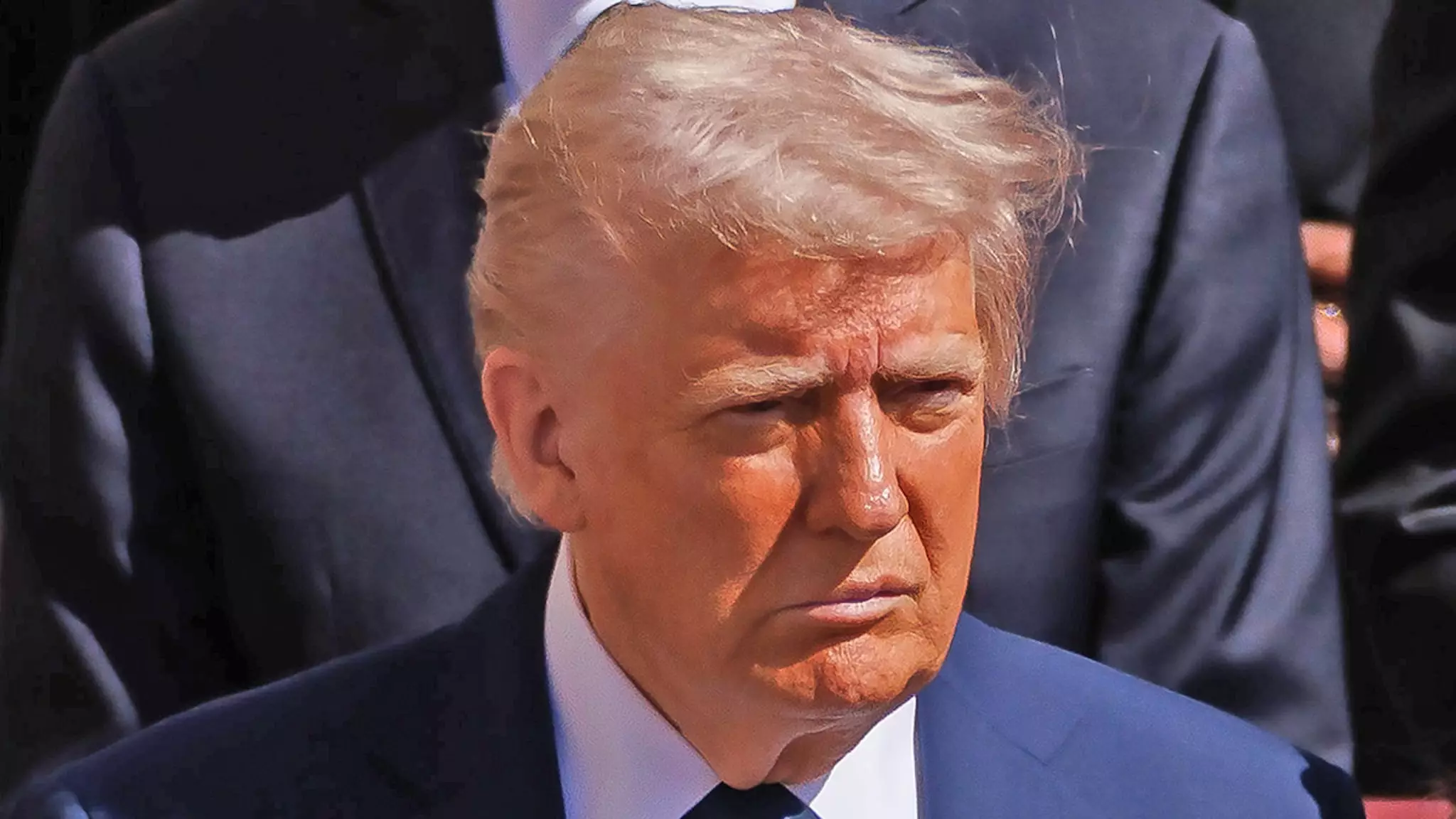The recent funeral of Pope Francis was expected to be a solemn occasion, one where world leaders came together to pay their last respects to a figure who had, for many, been a moral compass. However, President Donald Trump’s choice of attire—an eye-catching bright blue suit—steered the spotlight away from the reverent ceremony and ignited a firestorm on social media. Instead of being remembered for his respectful attendance alongside First Lady Melania Trump, Trump became a trending topic for all the wrong reasons.
Disruption of Tradition: The Color Controversy
Traditionally, funerals are marked by a somber dress code, primarily consisting of black clothing as a sign of mourning. Reports indicated that the Vatican had explicitly requested attendees to wear black to honor the late Pope. Trump’s vibrant suit starkly contrasted with the sea of dark clothes surrounding him, making it impossible for him to blend into the background. This bold departure from expected norms wasn’t merely a fashion faux pas; it was a blatant disregard for the specified dress code that upset a significant portion of the viewing public.
As social media erupted with disapproval, many highlighted the hypocrisy of Trump’s outfit choice. Critics juxtaposed it against Ukrainian President Volodymyr Zelensky’s previous meeting with Trump, where Zelensky’s informal attire had elicited criticism in a different context. This led to questions about Trump’s judgment and awareness of varying cultural norms, particularly in the context of a funeral for such a globally revered figure.
Reactions: Defenders and Detractors
The backlash wasn’t limited to social media alone. Various commentators expressed their incredulity at Trump’s decision to don such a standout color during a time that called for decorum and respect. Some asserted that this was emblematic of a larger pattern characterized by Trump’s tendency to place personal brand and visibility above established customs. On the flip side, White House Communications Director Steven Cheung defended the President and First Lady, asserting that they were honoring Pope Francis’ life and legacy. He accused critics of missing the greater significance of the event, arguing that their focus on clothing trivialized the moment.
In the whirlwind of critiques and defenses, one core question emerged: At what point does individual expression become an act of disrespect? It’s a delicate balance that leaders must navigate, particularly in settings steeped in tradition and shared grief. While many argue for self-expression, there remains a crucial understanding of context that often shapes public perception.
The Bright Suit: A Symbol of Misguided Choices?
Trump’s bright blue suit, whether intended as a bold statement or simply a fashion mistake, has sparked conversations about the expectations placed upon leaders in solemn situations. Clothing choices at critical moments often reflect a leader’s awareness of social norms and sensibilities. By choosing to stand out rather than fit in, Trump not only distracted from the primary reason for his attendance but also raised questions about his grasp of cultural decorum.
In a world increasingly defined by divisive opinions, this incident is more than just an issue of attire; it encapsulates the ongoing struggle to balance individual identity and the reverence commanded by significant moments in history. While some may praise Trump’s individuality, the greater discourse suggests that understanding and respecting tradition holds undeniable weight in public life.

